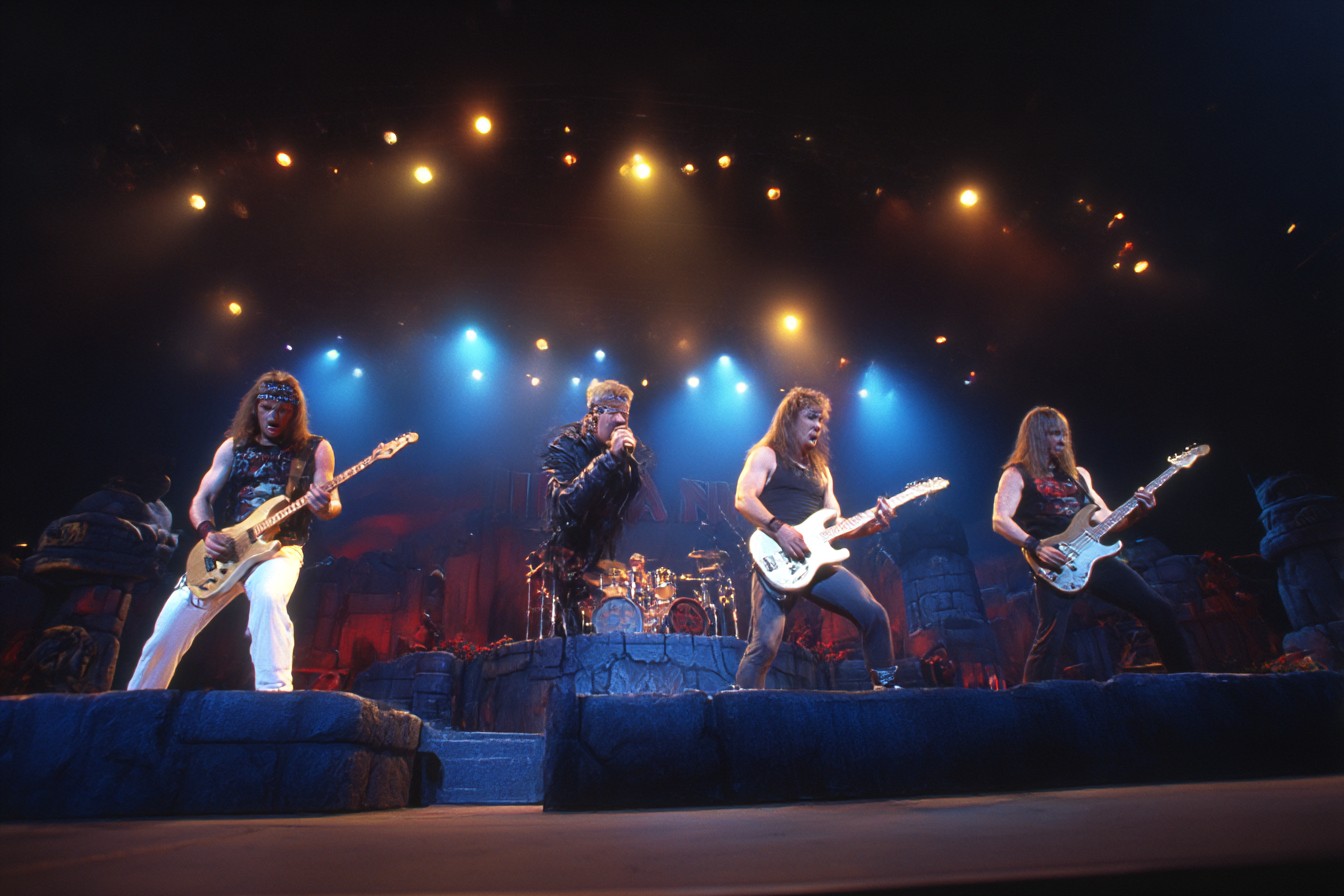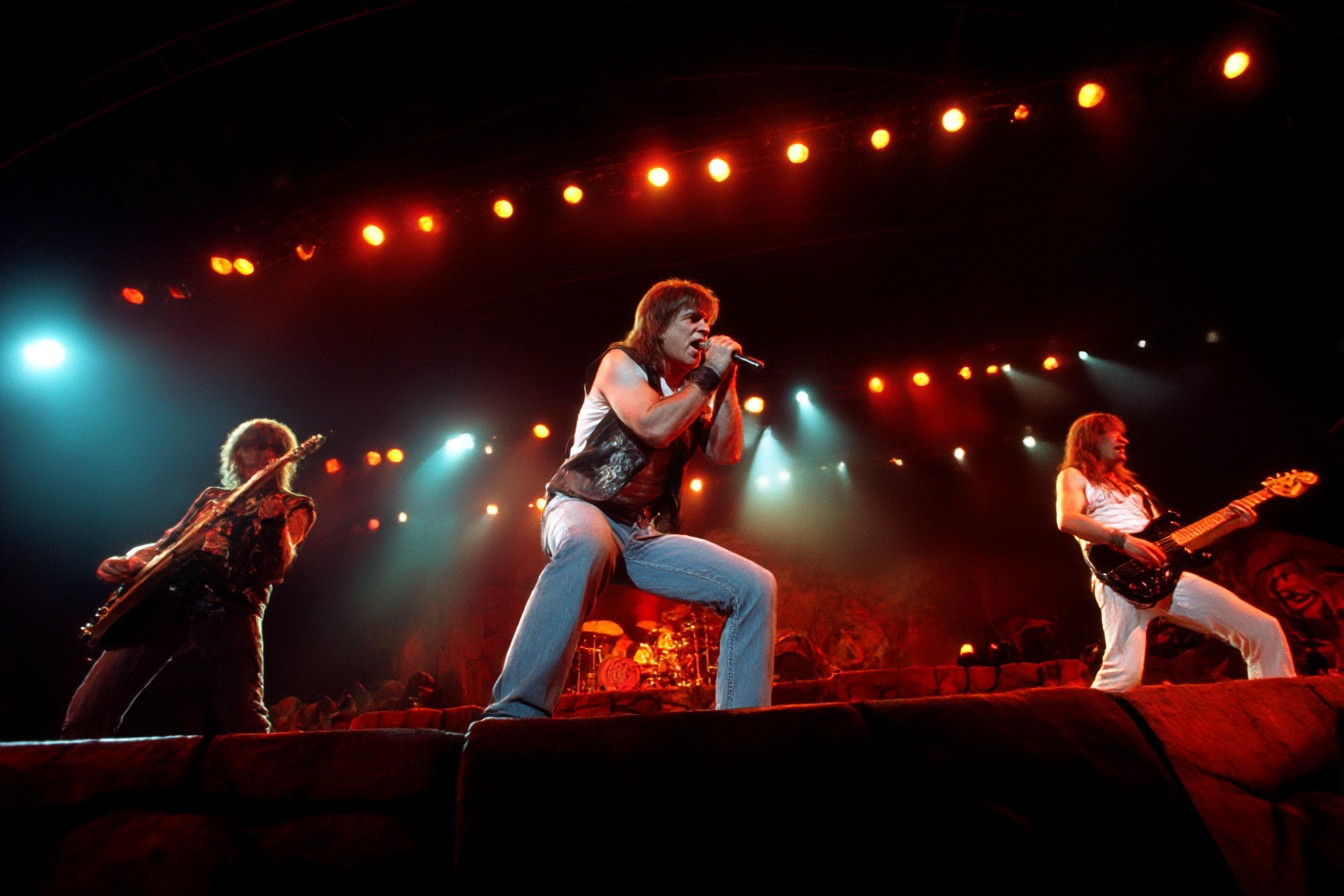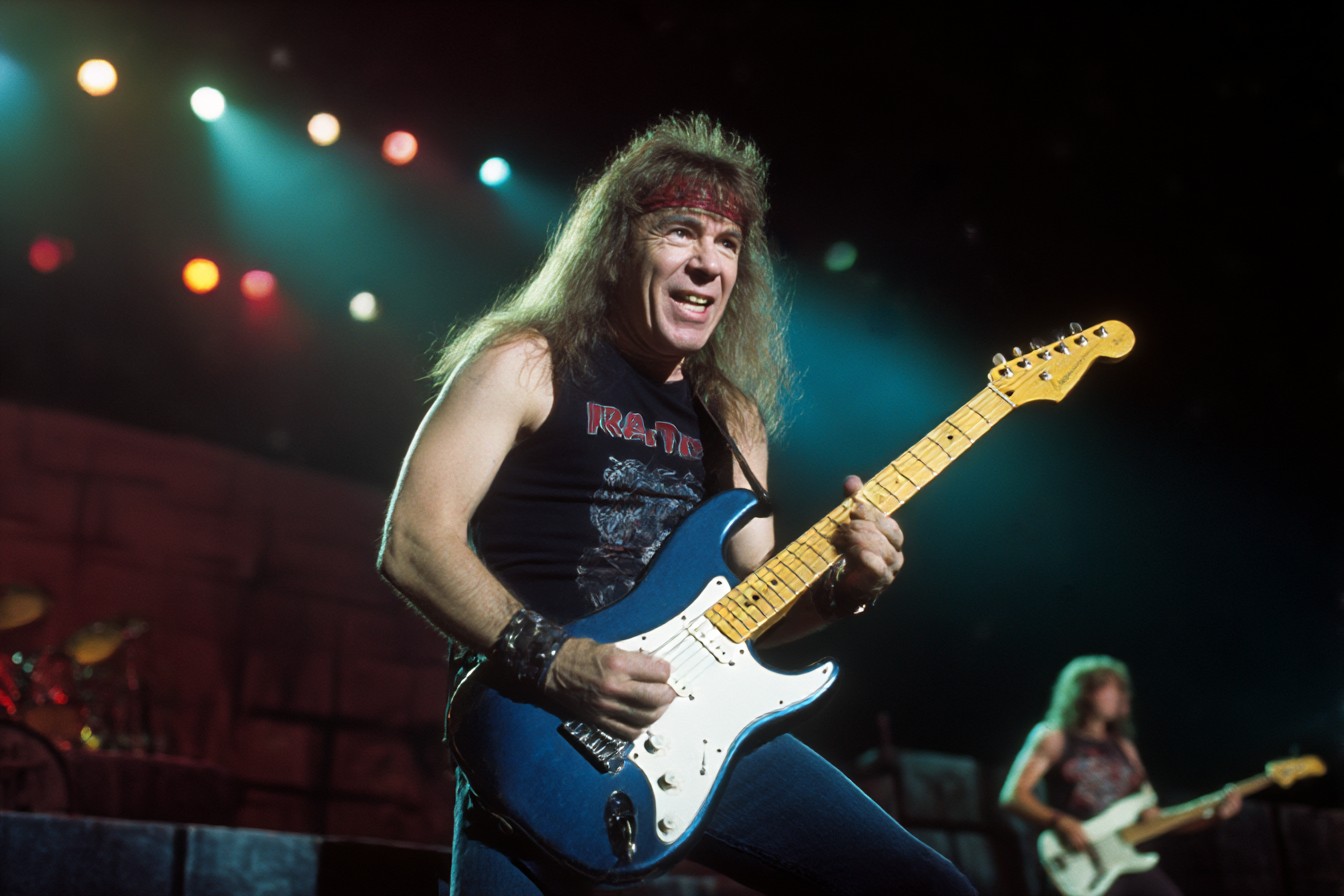I’ve got this theory about reunion tours, forged from about three decades of watching bands get back together and try to recapture whatever lightning they once had in the bottle: most of them are tragedy masquerading as triumph. I mean, I’ve seen it happen too many times—the awkward spectacle of middle-aged men attempting to inhabit songs written by their younger, hungrier selves, serving up warmed-over versions of classics to audiences who are there more for nostalgia than music. It’s depressing as hell, if we’re being honest.
So when Maiden announced they were bringing Bruce Dickinson and Adrian Smith back into the fold, I was… skeptical. Yeah, that’s a diplomatic way of putting it. I was actually borderline hostile to the idea. Look, I’d been there for the Blaze Bayley years—two underrated albums that suffered mainly from being, well, not Bruce. I’d defended “The X Factor” to people who dismissed it without even listening to it (that dark, grinding album fit perfectly with my mid-90s mindset, thank you very much). And now here was the classic lineup reforming, and my cynical music journalist brain immediately went to: “Cash grab.”
God, I love being wrong sometimes.
I remember exactly where I was when I first heard “Rock in Rio.” April 12, 2002. I was driving my beat-up Subaru from Seattle to Portland to cover a festival for the magazine. I’d picked up the CD the day before but hadn’t had time to listen to it. Five hours of highway ahead of me, I slid the disc in and braced myself for disappointment.
By the time “The Wicker Man” kicked in—three minutes into the first disc—I was hitting the steering wheel in rhythm and probably terrifying other drivers with my expressions of metal ecstasy. By “Brave New World,” I was singing along loud enough to drown out my car’s worrying engine noises. And when they launched into “Fear of the Dark” with that crowd singing every note of the guitar intro, I had to pull over at a rest stop because I was getting too amped up to drive safely. Sitting there in a parking lot off I-5, surrounded by truckers and families on road trips, I listened to 250,000 Brazilian fans losing their collective minds, and I realized I’d been completely, utterly wrong.
This wasn’t a reunion tour. This was a fucking resurrection.
“Rock in Rio” captures something I’ve experienced maybe five times in all my years of concert-going—that magical moment when a band isn’t just playing well, they’re playing like their lives depend on it. There’s an urgency to this performance that bands half their age rarely achieve. Bruce’s voice isn’t just back; it’s somehow stronger, more controlled than in the ’80s. The three-guitar attack of Adrian, Janick, and Dave creates a wall of sound that’s both precise and overwhelming. And Steve and Nicko lock in with the kind of telepathic rhythm section communication that only comes from decades of playing together.
The setlist is the perfect mix of brave and crowd-pleasing. Leading with three tracks from “Brave New World” was a statement of intent—this isn’t just about revisiting past glories. But then giving the fans “Wrathchild,” “2 Minutes to Midnight,” and “Iron Maiden” shows they’re not running from their history either. It’s the perfect balance.
And then there’s that crowd. Jesus Christ, that crowd. I’ve been to shows in Brazil—covered a festival in São Paulo back in ’98—and there’s nothing like a South American metal audience. The passion borders on religious. When 250,000 people sing “Blood Brothers” like it’s a sacred hymn, it creates a lump in my throat even on the hundredth listen. The “woah-oh-oh” part in “Heaven Can Wait” sounds like the world’s largest choir.
I’ve had heated arguments about whether this or “Live After Death” is Maiden’s definitive live document. My take: they’re bookends to different eras. “Live After Death” captured them conquering the world the first time around, at the absolute peak of their ’80s powers. “Rock in Rio” captures them reclaiming their throne after years in the wilderness—older, wiser, but somehow just as vital. It’s the difference between the confidence of youth and the confidence that comes from surviving storms.
There’s a moment during “The Evil That Men Do” where Bruce hits a note that he probably had no business attempting at his age (or anyone’s age, for that matter), and you can hear in his voice a kind of joyous disbelief that he pulled it off. That’s what this whole album feels like—a band surprising even themselves with how good they still are, how much they still have to give.
I’ve got about 74 live albums in my collection (my ex-wife once called this “hoarding,” I prefer “comprehensive archival tendencies”), and most of them fall into the “nice document of a tour” category. A few are genuine game-changers that stand as essential works in a band’s catalog. “Rock in Rio” belongs firmly in that second category. It’s not just a great live Maiden album; it’s one of the best metal live albums ever made, period.
The production is outstanding, especially considering the scale of the event. Recording a show this massive, with this many variables, and making it sound this immediate is a minor miracle. Kevin Shirley captured not just the band but the entire experience—you feel like you’re there in that massive crowd, swept up in something bigger than yourself.
After “Rock in Rio,” Maiden could have coasted on nostalgia tours for the rest of their career, and nobody would have blamed them. Instead, they’ve delivered some of the most ambitious work of their career in the years since. “A Matter of Life and Death,” “The Final Frontier,” “The Book of Souls”—these aren’t the works of a band trading on past glories. They’re the works of artists still pushing themselves, still hungry after all these years.
Last summer, I took my nephew (the same one I mentioned earlier—the kid’s now a full-blown Maiden fanatic, my proudest achievement as an uncle) to see them on the “Legacy of the Beast” tour. Watching his face during “Flight of Icarus,” seeing the same wide-eyed wonder I felt at my first Maiden show decades ago, I realized something important: great bands don’t just create music; they create continuous chains of connection across generations.
“Rock in Rio” marks the moment when Iron Maiden transformed from a legendary band with an uncertain future to something nearly unprecedented in heavy music—elder statesmen who refused to fade away, who found a second wind strong enough to power them for another twenty years and counting. It’s living proof that sometimes, the sequel actually is better than the original.
I’ve still got that scratched-up first-pressing CD in my car six cars later. It’s become something of a ritual—any road trip longer than an hour means “Rock in Rio” gets played. That crowd in Brazil, Bruce’s banter, the sheer life-affirming energy of it all… it’s better than coffee for staying alert at the wheel. And every single time, when those 250,000 voices come together during “Fear of the Dark,” I still get goosebumps. Some magic just doesn’t fade, no matter how many times you experience it.
In an industry built on planned obsolescence, where bands are expected to burn bright and fade quickly, “Rock in Rio” stands as a glorious middle finger to the very concept of diminishing returns. It’s the sound of Iron Maiden not just returning, but returning stronger—battle-scarred, perhaps, but all the more powerful for having survived the journey.




Leave a Reply